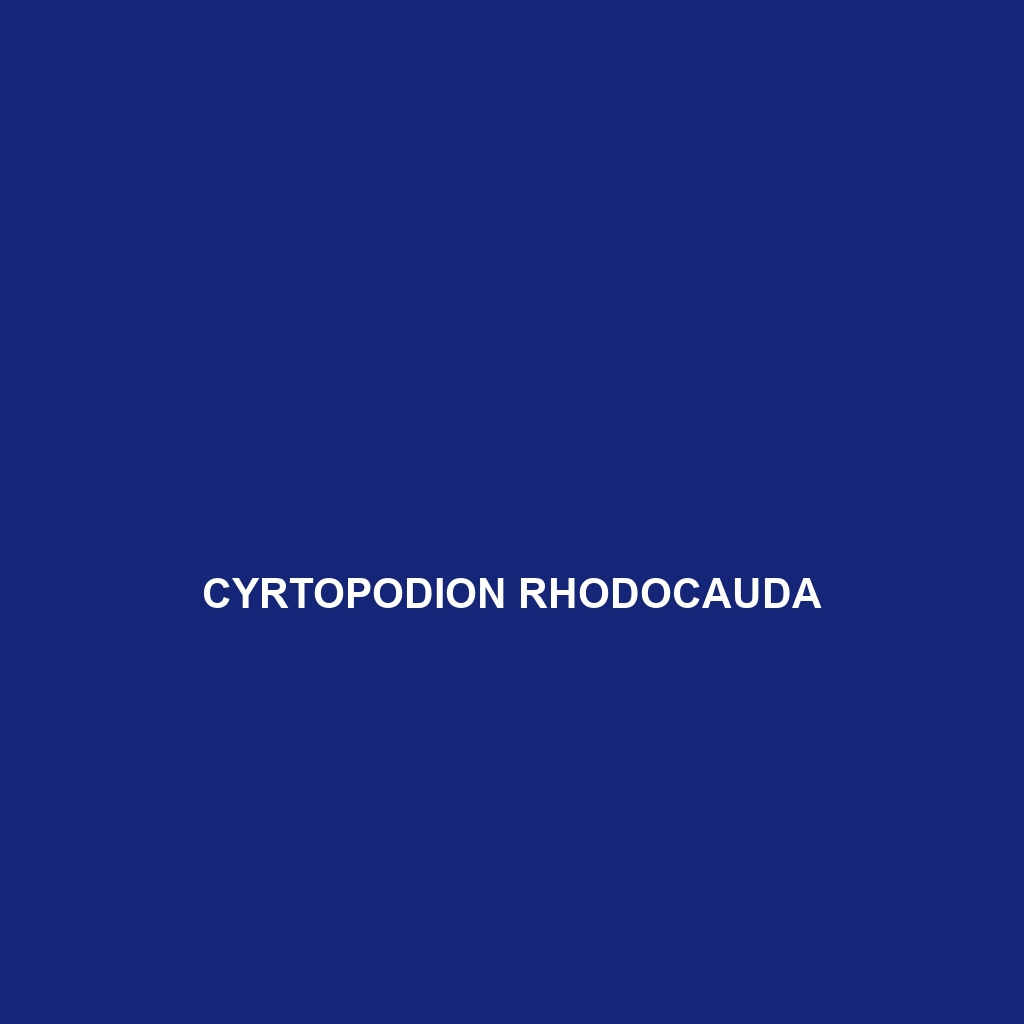Cyrtopodion potoharense: A Comprehensive Species Description
Common Name: Cyrtopodion potoharense
Scientific Name: Cyrtopodion potoharense
Habitat
Cyrtopodion potoharense is primarily found in the arid and semi-arid regions of northern Pakistan, particularly in the Pothohar Plateau. This species inhabits rocky outcrops, grasslands, and scrublands, where it thrives in dry, sandy soils. The specific environmental conditions include a blend of exposed rocks and sparse vegetation, providing essential cover and hunting grounds.
Physical Characteristics
Cyrtopodion potoharense typically reaches a size of up to 10 cm in length. Its coloration ranges from sandy beige to light brown, enabling it to blend seamlessly with its surroundings, thus providing effective camouflage against predators. Distinctive features include elongated limbs, a flattened body shape, and a unique pattern of dark spots that run along its back, making it easily recognizable within its habitat.
Behavior
Cyrtopodion potoharense exhibits a range of interesting behaviors typical of geckos. It is predominantly nocturnal, emerging at night to hunt for prey. This species is known for its ability to climb and jump effectively, allowing it to navigate rocky terrains. During the day, it seeks shelter in crevices to avoid daytime heat and predators.
Diet
The diet of Cyrtopodion potoharense primarily consists of insects such as crickets, beetles, and various other invertebrates. This gecko employs a sit-and-wait strategy to capture its prey, showcasing remarkable agility and stealth. Its feeding habits are crucial in controlling insect populations within its ecosystem.
Reproduction
Cyrtopodion potoharense typically breeds during the warmer months, with peak breeding season occurring from April to June. Females lay clutches of 2-3 eggs, which can be found buried in soft substrate. The hatchlings emerge after an incubation period of approximately 30 days, exhibiting rapid growth and independence shortly after birth.
Conservation Status
As of now, Cyrtopodion potoharense is currently classified as “Vulnerable” due to habitat loss caused by urban expansion and agricultural practices. Conservation efforts are necessary to protect its natural habitat and ensure the survival of this unique species.
Interesting Facts
One intriguing fact about Cyrtopodion potoharense is its remarkable ability to regenerate its tail, a common trait among geckos that aids in escape from predators. Additionally, they can produce various vocalizations, which serve as communication methods during mating rituals or territorial disputes.
Role in Ecosystem
Cyrtopodion potoharense plays a vital role in its ecosystem by acting as both predator and prey. As an insectivorous species, it helps maintain ecological balance by controlling pest populations. Furthermore, it serves as a food source for larger predators, contributing to the biodiversity of its habitat.
